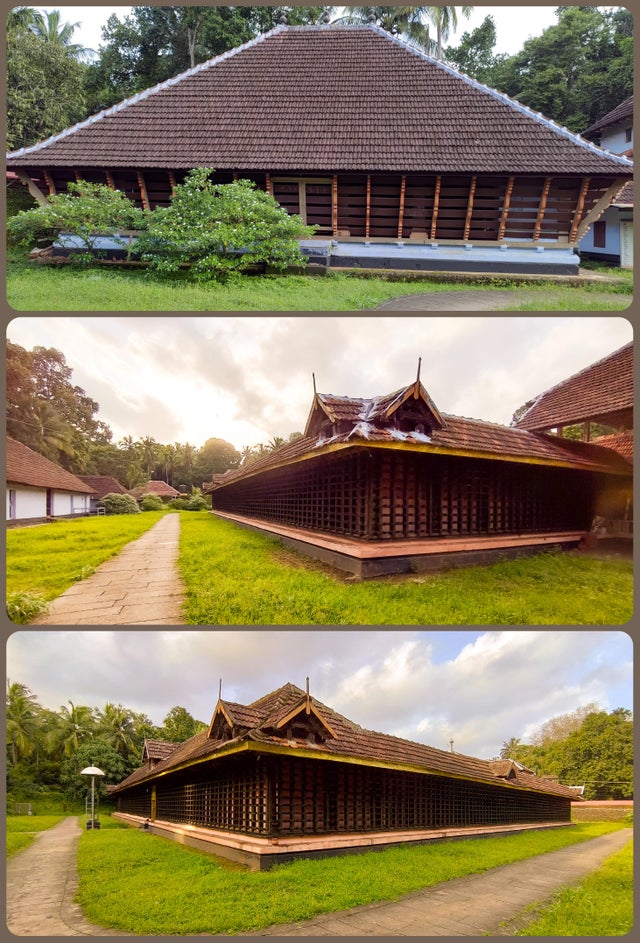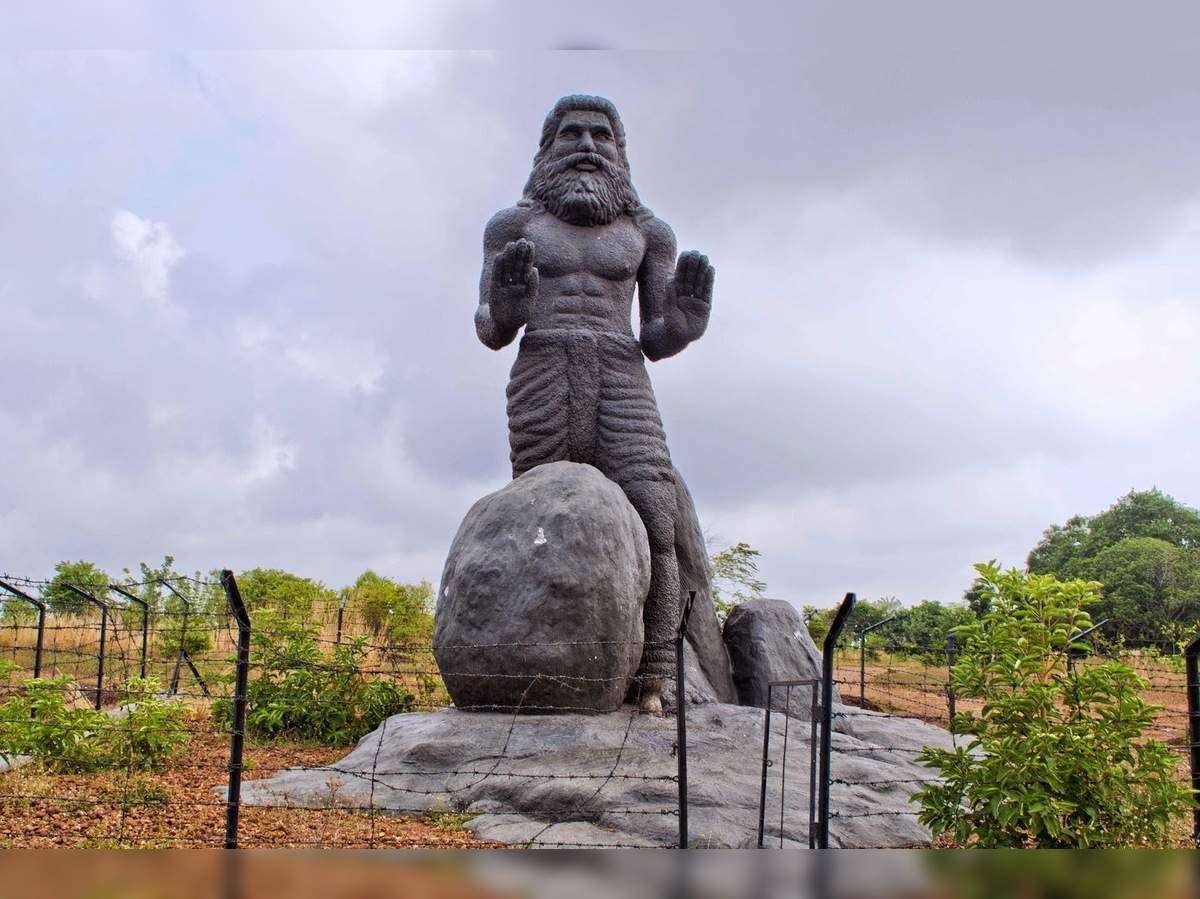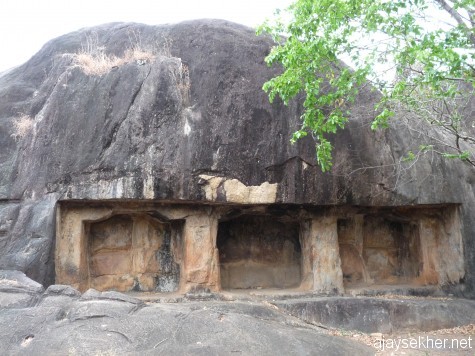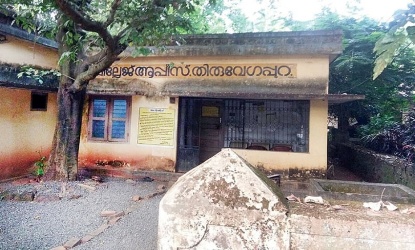
Goverment of Kerala
Revenue Department
Thiruvegappura
Village Office
Official Web Portal

Goverment of Kerala
Official Web Portal

Thiruvegapura is famous for the Mahadeva Kshetram. This Siva Temple is on the banks of Thutha Puzha, a tributary of Bharatha Puzha. This temple is built in the 14th century and is unique in many ways.It is a Temple with exquisite typical Kerala architecture.

Naranathu Branthan was one of the 12 sons sons of Parayi and Vararuchi in the story of Parayi petta panthirukulam. This Mala is at Naduvattom., 3 Kms from Thiruvegapura. Here the hill has a height of 500 feet with an area of 300 acres. Naranathu Branthan got Devi darshan at this place.The place where Naranathu Branthan got vision of Devi is converted into a temple. There is no idol here but Deviu2019s foot print has formed a pit and it is in this pit, a Goddess shrine was built later. The pit is the incessant source for water and being on the hill top, the water in the pit never went down (never dried up). Thousands of people outside and inside Kerala visit the place to have blessings from the Devi on every year on the next day of Deepavali in the month of Thulam u2013 Naranathu Branthan is supposed to have got Deviu2019s vision on this day. There is a big statue of Naranathu Branthan on the hill top which can be seen from the plains. There are caves and black rocks built by Naranathu Branthan here. It is to this hill top that Naranathu Branthan rolled up the big stone and after reaching the top, he used to push the stone down. This he was doingEvery day. The serenity and scenic beauty of the place attracts thousands of people

The ancient rock temple east of Tiruvegapura is in Palakad district of Kerala on the southern bank of river Thutha. It is a huge granite boulder around 40m high and three acres in expansion. There is a flight of steps that lead you to the top exactly like the ones in Karkala or Sravanbelgola but much recent having Malayalam scripts engraved on it. On the eastern side there is a Chaitya carved into the rock. It has three openings and two cut pillars. The left opening is incomplete. The vestige shows marks and techniques of stone cutting used in early common era by Amana monks or their local patrons that is found throughout the peninsular India. Rock cut vestige at Bhranthan Kallu east of Tiruvegapura in Palakad district. Exactly like the Buddhist vestiges identified at Kattilapara in Kulatupuzha.

Thiruvegappura is a village in Pattambi Taluk Palakkad district in the state of Kerala.The village lies on the bank of river Thutha, a tributary to the Bharathapuzha River.